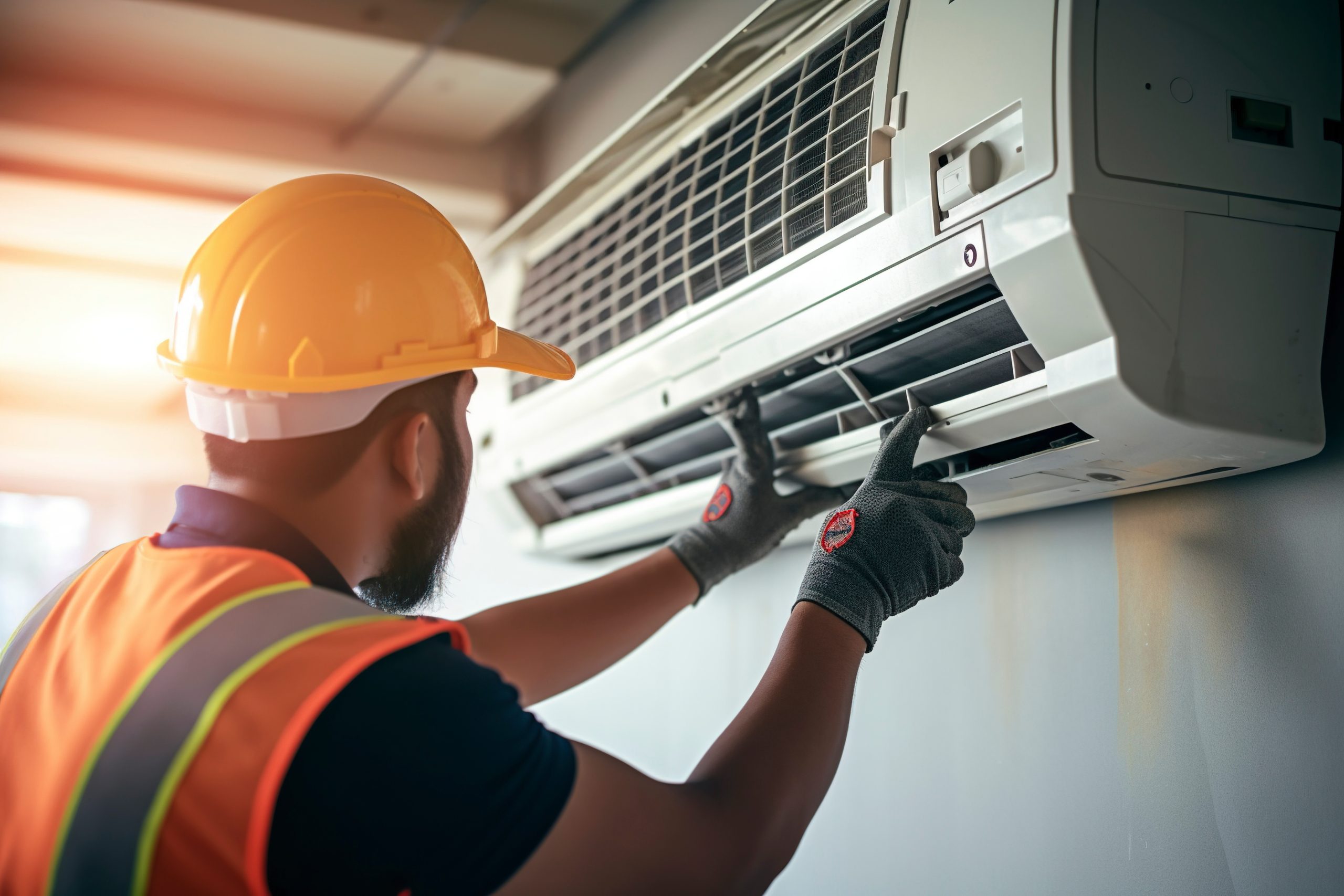The concept of controlling indoor temperature to ensure comfort is not a recent development but an evolutionary process that spans thousands of years. The journey of air conditioning, from ancient methods to modern technological advancements, is a tale of human ingenuity and innovative engineering.
Early History and Ancient Cooling Methods
The quest for cooling in hot climates dates back to ancient times. Early civilisations devised ingenious methods to beat the heat. For instance, in ancient Rome, aqueducts transported water through the walls of some buildings to help cool them down. Additionally, the Persians used wind towers that caught and directed prevailing winds to cool buildings.
The Emergence of Mechanical Ventilation
The advent of mechanical ventilation systems marked a significant step in the quest for indoor comfort. In the 18th century, Benjamin Franklin and John Hadley experimented with the cooling effects of evaporative substances. Their work led to the development of the first rudimentary cooling system, involving the evaporation of volatile liquids to cool down objects.
Willis Carrier and the Invention of Modern Air Conditioning
The modern air conditioning era dawned in the early 20th century when Willis Carrier, an American engineer, invented the first electrical air conditioning unit. His breakthrough, initially designed for a printing company, aimed to control both temperature and humidity to prevent paper expansion and ink smudging. This innovation was the birth of the air conditioning industry as we know it today.
The Advent of Residential Air Conditioning
After World War II, residential air conditioning systems became more accessible. Post-war economic growth in the United States facilitated the widespread adoption of air conditioning in homes, leading to significant changes in architectural designs, with a focus on central air systems and window units.
Air Conditioning and Societal Impact
The widespread adoption of air conditioning systems transformed societal norms, shaping living conditions and work environments. The comfort provided by air conditioning played a vital role in various industries, such as manufacturing, healthcare, and agriculture. It also influenced migration patterns, allowing people to settle in previously uninhabitable regions.
Technological Advancements and Modern Innovations
Technological advancements in the latter half of the 20th century further revolutionized air conditioning systems. These developments led to the creation of more energy-efficient units, precise climate control capabilities, and the introduction of smart technology.
Environmental Concerns and the Future of Air Conditioning
As concerns about the environmental impact of air conditioning grew, efforts to enhance sustainability emerged. Innovations now focus on eco-friendly refrigerants, energy-efficient designs, and integrating renewable energy sources to power cooling systems. The industry is gradually shifting towards more environmentally conscious practices.
Conclusion: The Evolution Continues
The history of air conditioning exemplifies human adaptability and creativity in providing comfort and altering the way we live. From ancient cooling methods to modern technological advancements, the evolution of air conditioning has been a journey marked by innovation and a quest for efficiency and sustainability.
As we move forward, the focus on environmentally friendly practices and energy-efficient solutions is expected to drive the future of air conditioning. The industry’s continuous evolution ensures that the pursuit of comfort and climate control remains aligned with a more sustainable and environmentally conscious approach. The rich history of air conditioning continues to shape the way we live and will undoubtedly continue to do so in the future.





